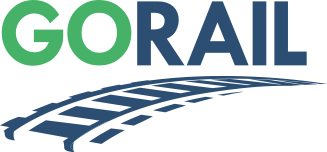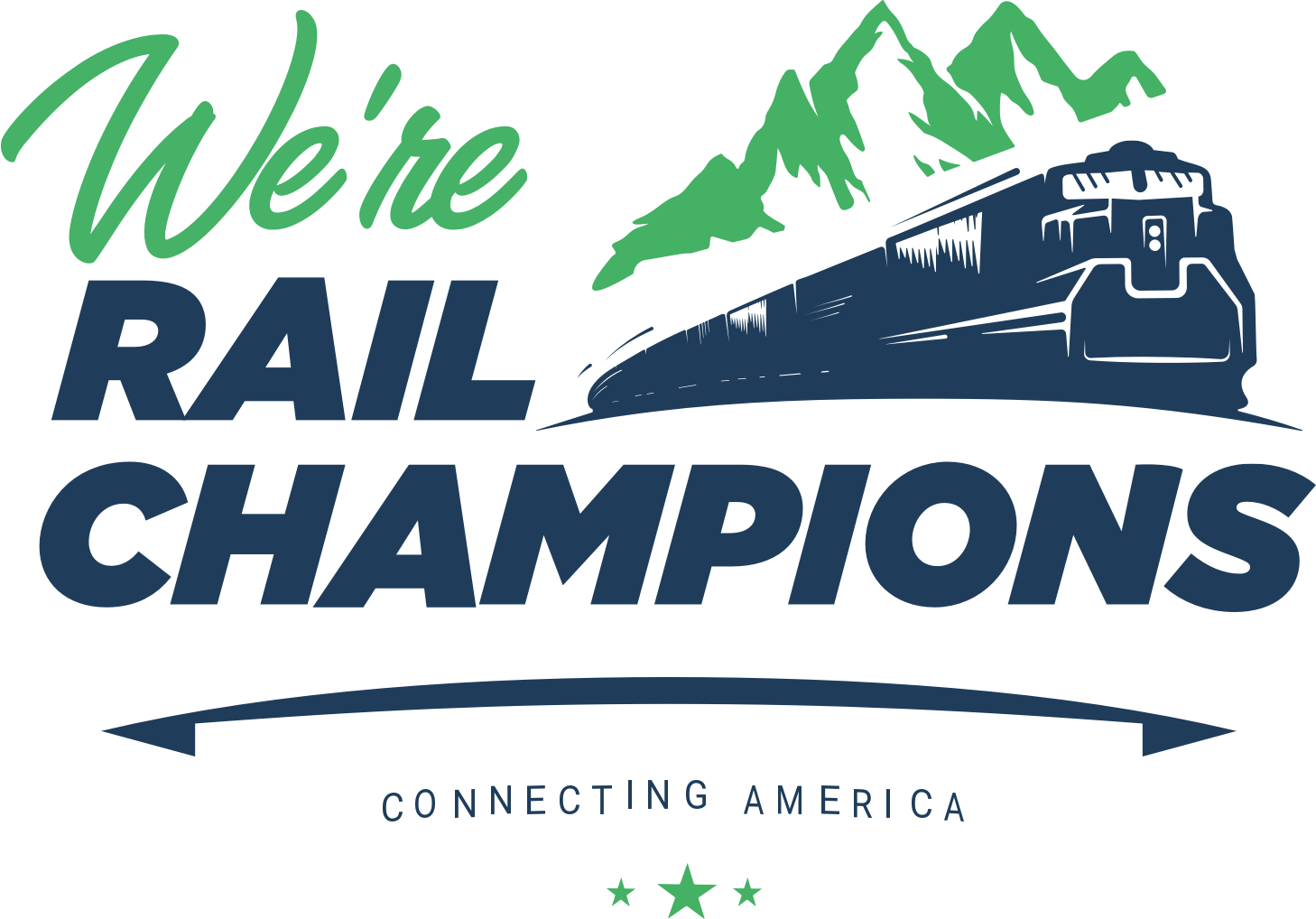Show the world why you support freight rail by creating your own Rail Champion badge! It’s fast, easy, and a fun way to join a growing movement of everyday Americans who know that rail keeps our economy rolling, our roads clearer, and our communities connected.
Upload a photo, choose your colors, hat, and frame—and generate your personalized badge. Then, share it on social media or download directly to help spread the word: Rail is essential. And so are the voices of the people who support it.







